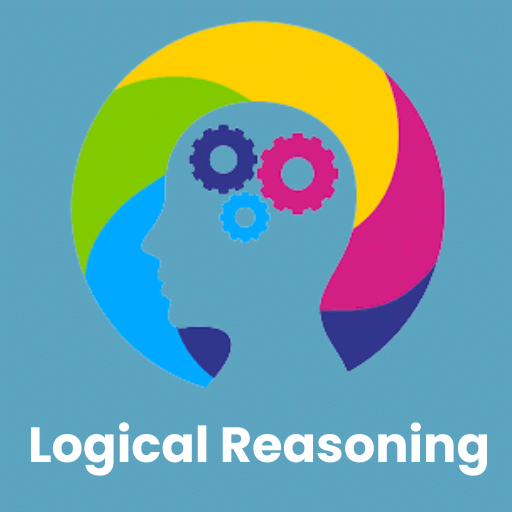Study Categorical Preposition - Logical Reasoning Notes
What are the Categorical Propositions?
A “Subject” of a sentence is the thing that has some property or class is being attributed to, the “Predicate” is the property or class that is being attributed to the subject, and the “Copula” is the word that links the two together.
For Example – All dogs are mammals
Here, “dogs” is the subject, “mammals” is the predicate, and “are” is the copula. This particular statement about bunnies has a certain form, the form of a categorical proposition.
So in simple words, “A proposition that relates two classes or categories” is known as a Categorical Proposition.
If you look at the above example in addition to subject, predicate and coupla it also has “quantifiers” that tells you HOW MANY of the subjects are being referred into the statement.
Categorical propositions tell us one of four things
- ALL members of the subject class are included in the predicate class.
- NONE of the members of the subject class are included in the predicate class.
- SOME of the members of the subject class are included in the predicate class.
- SOME of the members of the subject class are NOT included in the predicate class.

Here are some examples of each of these 4 kinds of the categorical proposition
- All dogs are mammals.
- No dogs are reptiles.
- Some dogs are cute.
- Some dogs are not potty-trained.
Here is the FORM of each of these 4 kinds of categorical proposition
- All S are P.
- No S are P.
- Some S are P.
- Some S are not P
 |
Download the notes
Study Notes: Categorical Preposition
|
Download as PDF |
Now, let’s go over some definitional terms: Categorical statements each have a quantity and a quality.
Quantity: Refers to HOW MUCH of the subject class is included in the predicate class.
Quantity is either
- Universal: Tells us something about how ALL of the subjects are related to the predicate.
- Particular: Tells us how SOME of the subjects are related to the predicate.
Quality: Refers to whether the proposition is AFFIRMING something or DENYING something of a subject.
Quality is either
- Affirmative: Members of the subject ARE included in the predicate.
- Negative: Members of the subject are NOT included in the predicate.
For instance, of the 4 kinds of the categorical proposition we discussed above

For shorthand, it is common to refer to each of these types of the proposition by a letter; Those letters are A, E, I, and O.
Now, you must be wondering what are these “A, E, I, O”, Let’s understand with more examples.
- A is universal positive.
- All apples are good.
- All milk is white .
- E Is universal negative.
- No bread is butter.
- No egg is white.
- I is particular positive.
- Some apples are good.
- Some bread is butter.
- Some eggs are white.
- O is particular negative.
- No apple are good.
- No bread is butter.
- NO eggs are white.
|
28 videos|28 docs|13 tests
|
FAQs on Study Categorical Preposition - Logical Reasoning Notes
| 1. What are categorical propositions? |  |
| 2. What is the significance of categorical propositions in logic? |  |
| 3. How do categorical propositions differ from other types of propositions? |  |
| 4. Can you provide examples of each type of categorical proposition? |  |
| 5. How are categorical propositions utilized in the UGC NET exam? |  |

































